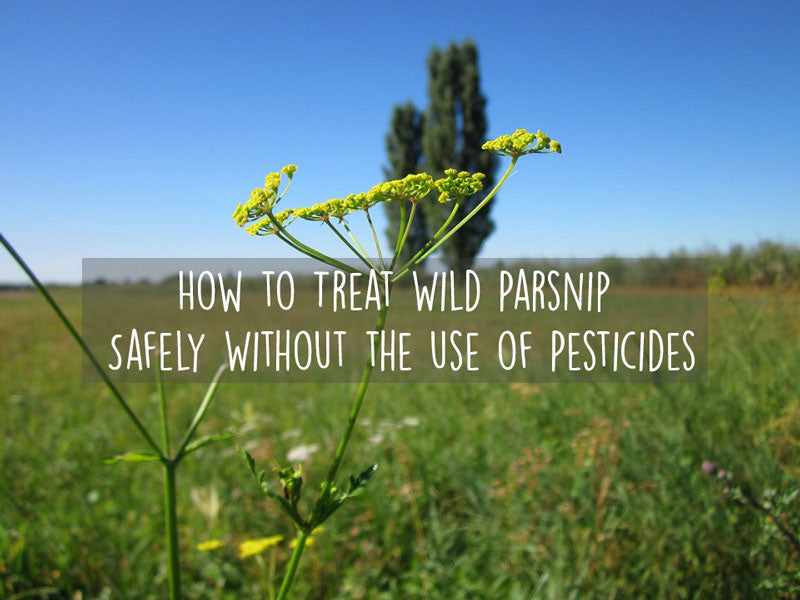Offer
Provide additional details about the offer you're running.
Provide additional details about the offer you're running.
Provide additional details about the offer you're running.

Over the past few years, we have been increasingly made aware of the threats that invasive species of plants, animals and other wildlife have on our natural environment. As part of this awareness, one plant in particular has grabbed the spotlight, perhaps more than any other of late; wild parsnip.
Commonly found in ditches along roadways, open yards, dumps, meadows and railway embankments, the plant is quickly spreading across North America. Scattered populations on both eastern and western seaboards but here in Ontario, it seems to be more prominent through the eastern and southern regions of the province.
Where’d It Come From?
As well all invasive species, the wild parsnip plant was brought to our shores to satisfy needs at the time. Here in North America, the plant was believed to have been brought in by early European settlers who continued to grow the plant for its edible root.
Problems
While the parsnip roots are edible, the sap of the plant can be extremely dangerous for human contact. Also known as poison parsnip, the plant forms in very dense stands and produces sap that contains chemicals that ultimately can cause human skin to react to sunlight. This reaction is typically characterized by intense burns, rashes or blisters.
Solutions
The method for removal or management depends on what level of growth any particular property is currently facing. For properties with a small level of growth (less than 100 plants), the possibility of removing it yourself is very real.
That said, larger populations in public places require a more detailed strategy for eradication. One such strategy is the widespread use of herbicides, which are quite dangerous in that there is very little selection in the process. Anything that gets sprayed, ultimately dies.
The real problem with this plant lies in their seed banks, which can live on for generations, even after spraying. After flowering, a plant can generate upwards of 1,000 seeds, which are then dispersed by wind, water and mowing activities. One such solution proposed right here in Mississippi Mills is strategic mowing to be performed in the spring and early summer months, before seeds are formed and preventing the storage of seeds in the seed bank.
Another way we can safely decrease the level of re-invasion is to replant affected areas with native plants, ultimately causing a competition for resources, that would also affect the plants ability to survive.
High Quality Blend